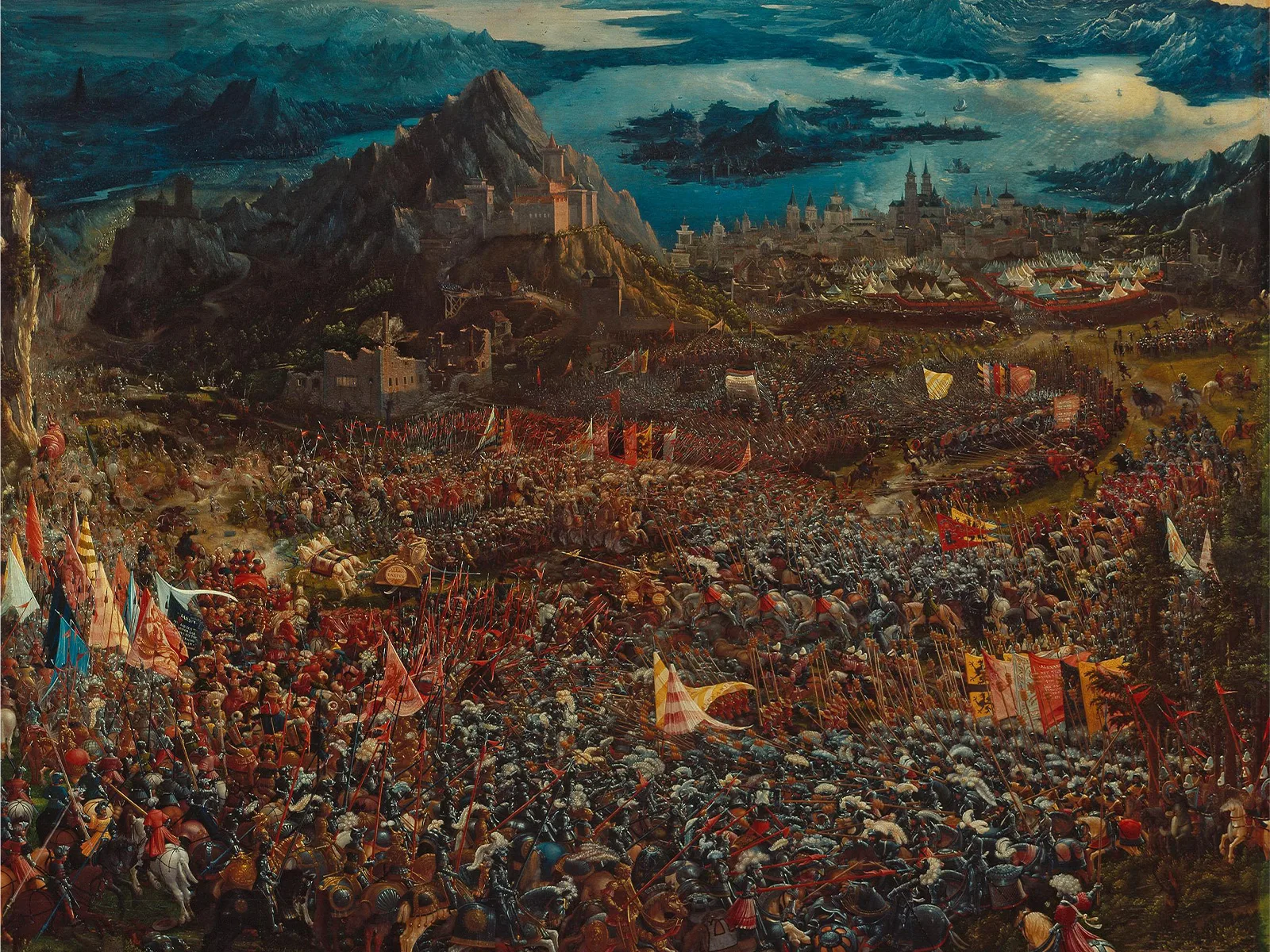
Inventing the battlefield
Paintings of battles often tell us more about the political backdrop than about military successes or acts of war. What they actually reveal are changing understandings of history.
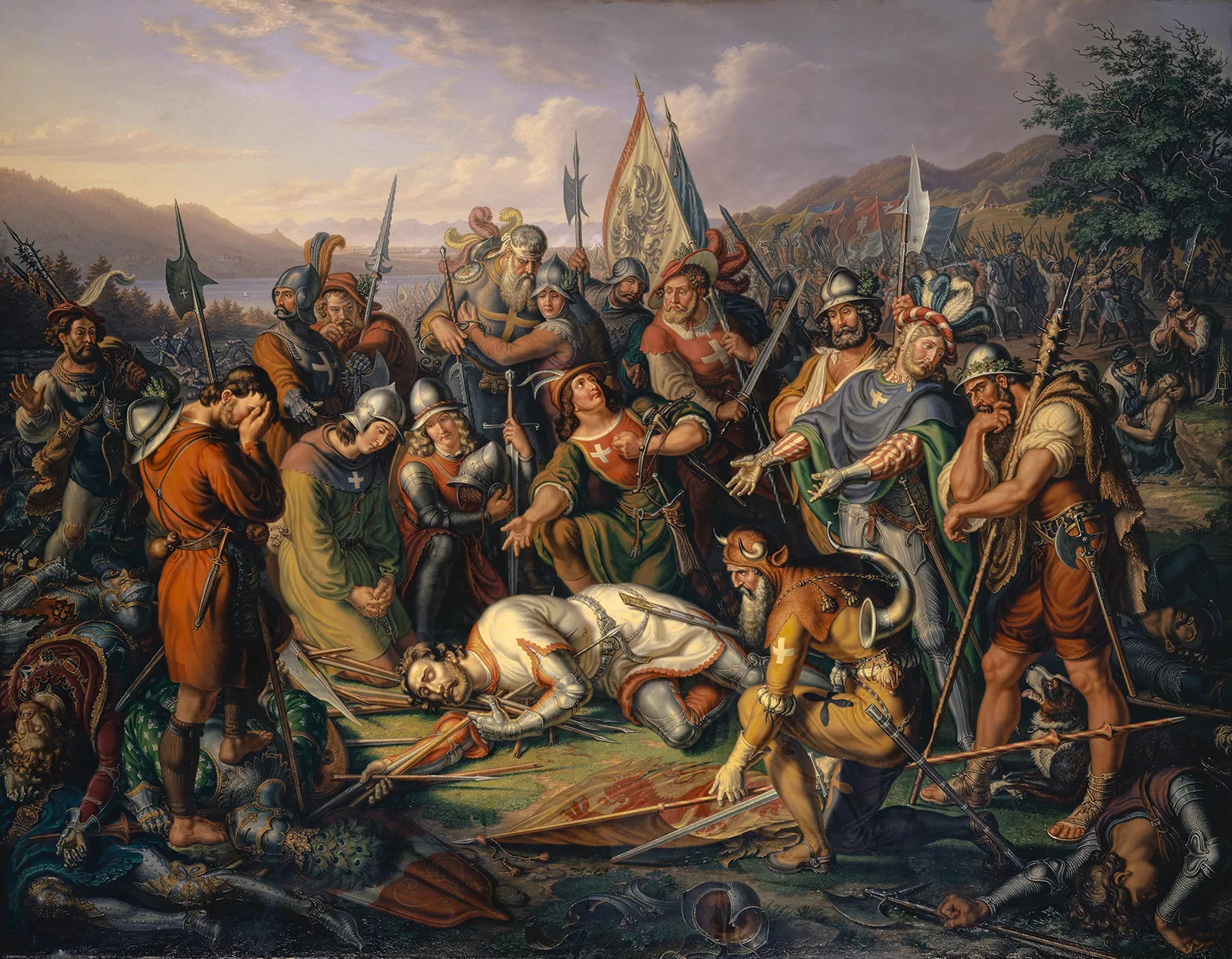
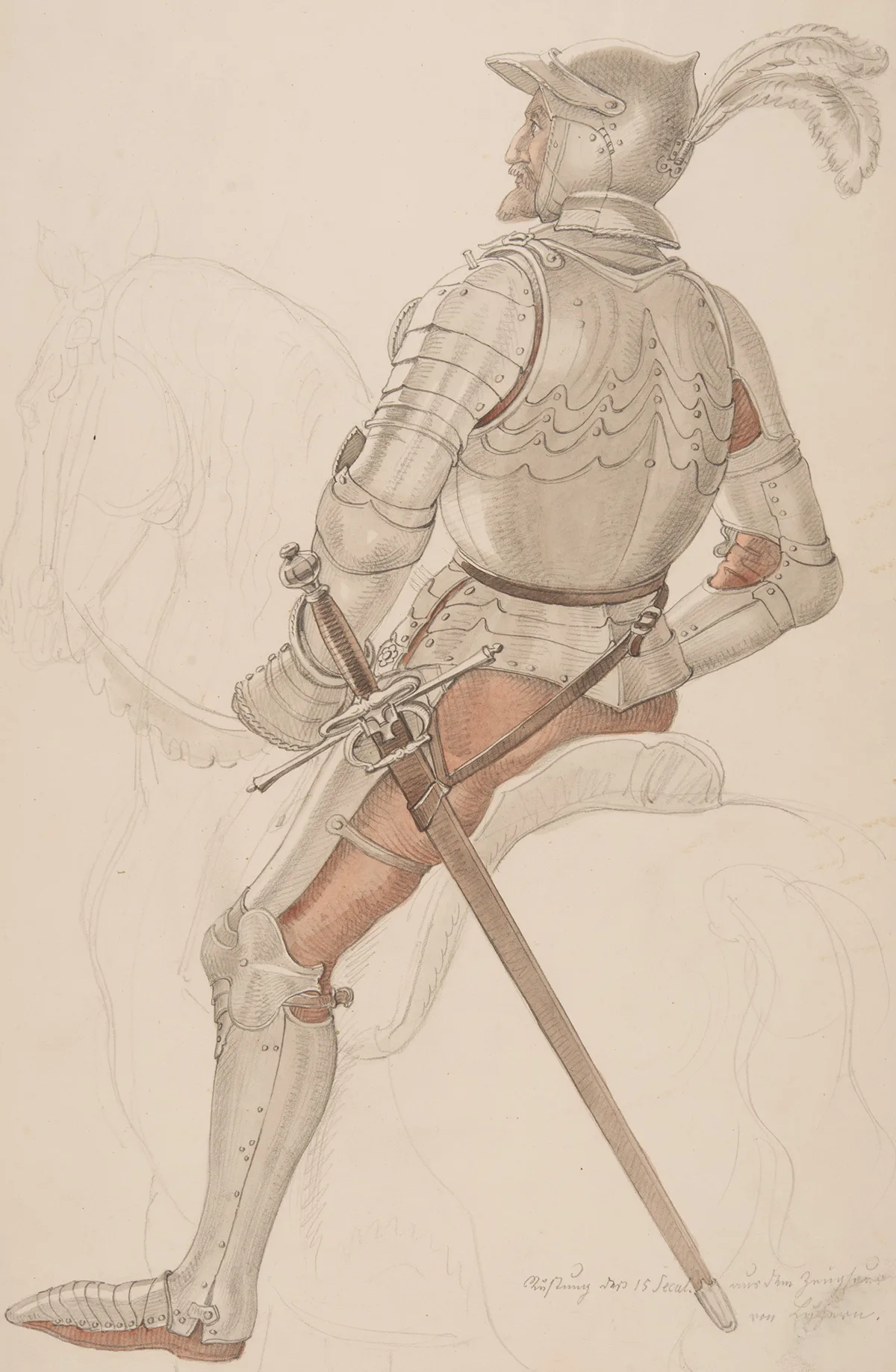
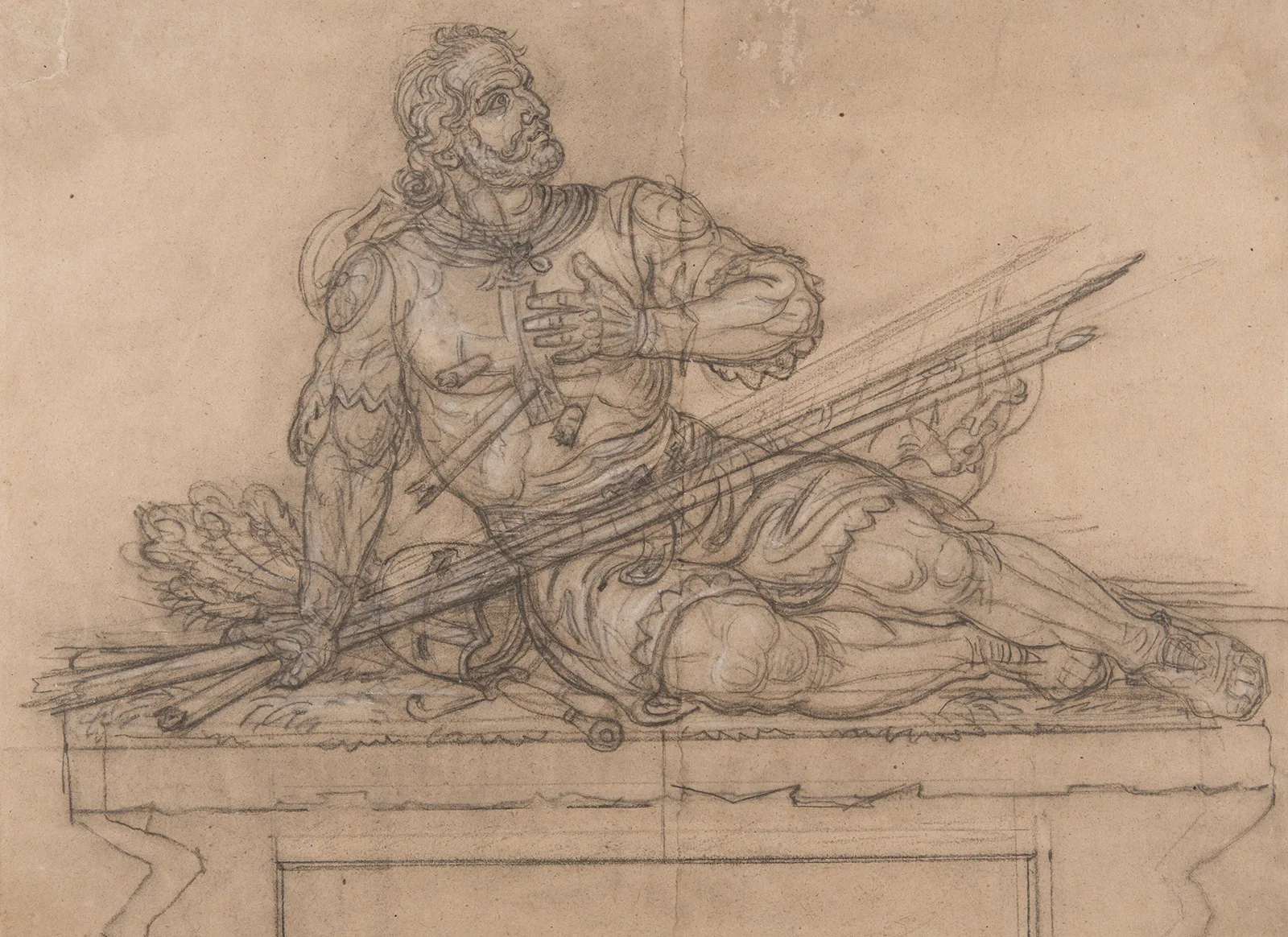
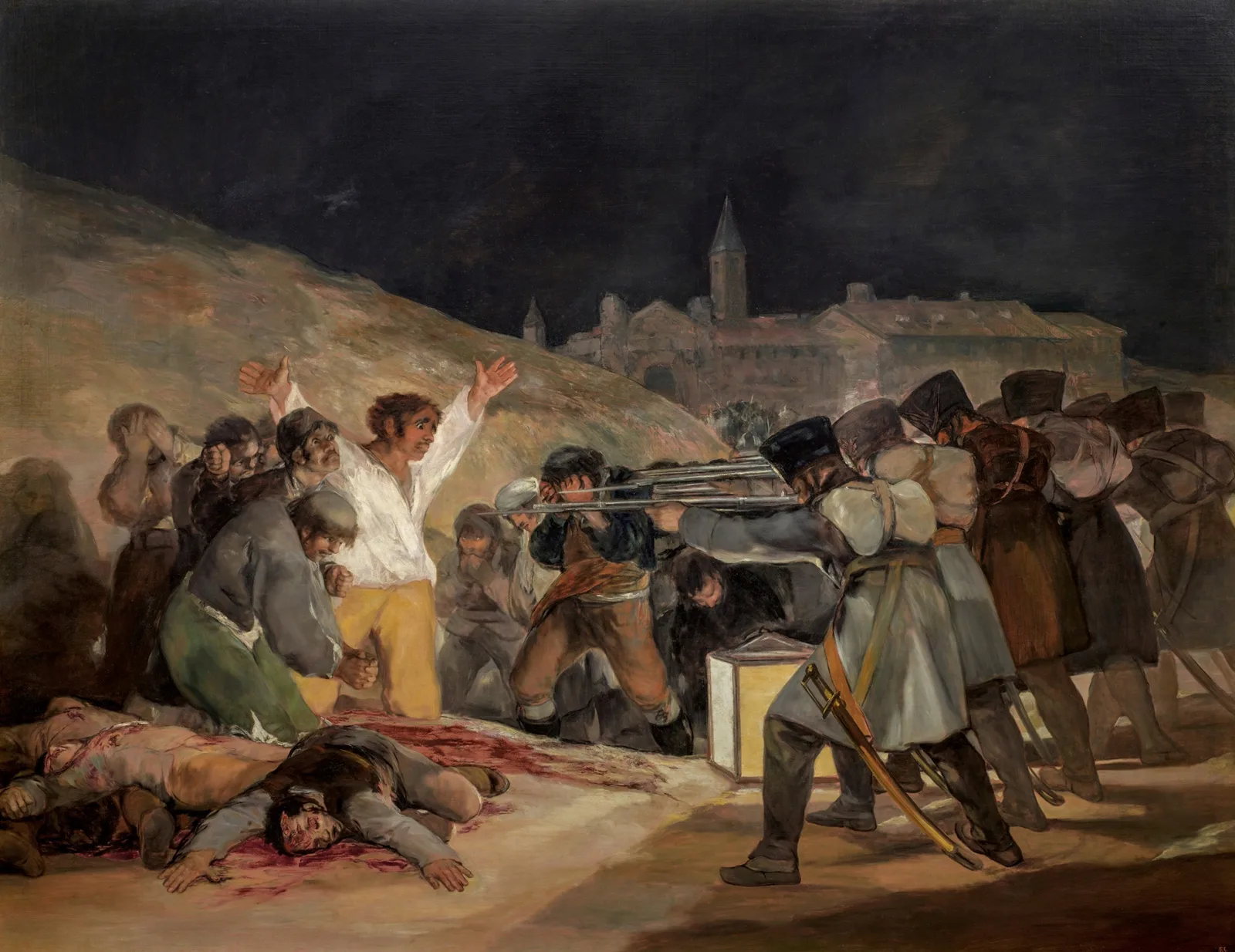
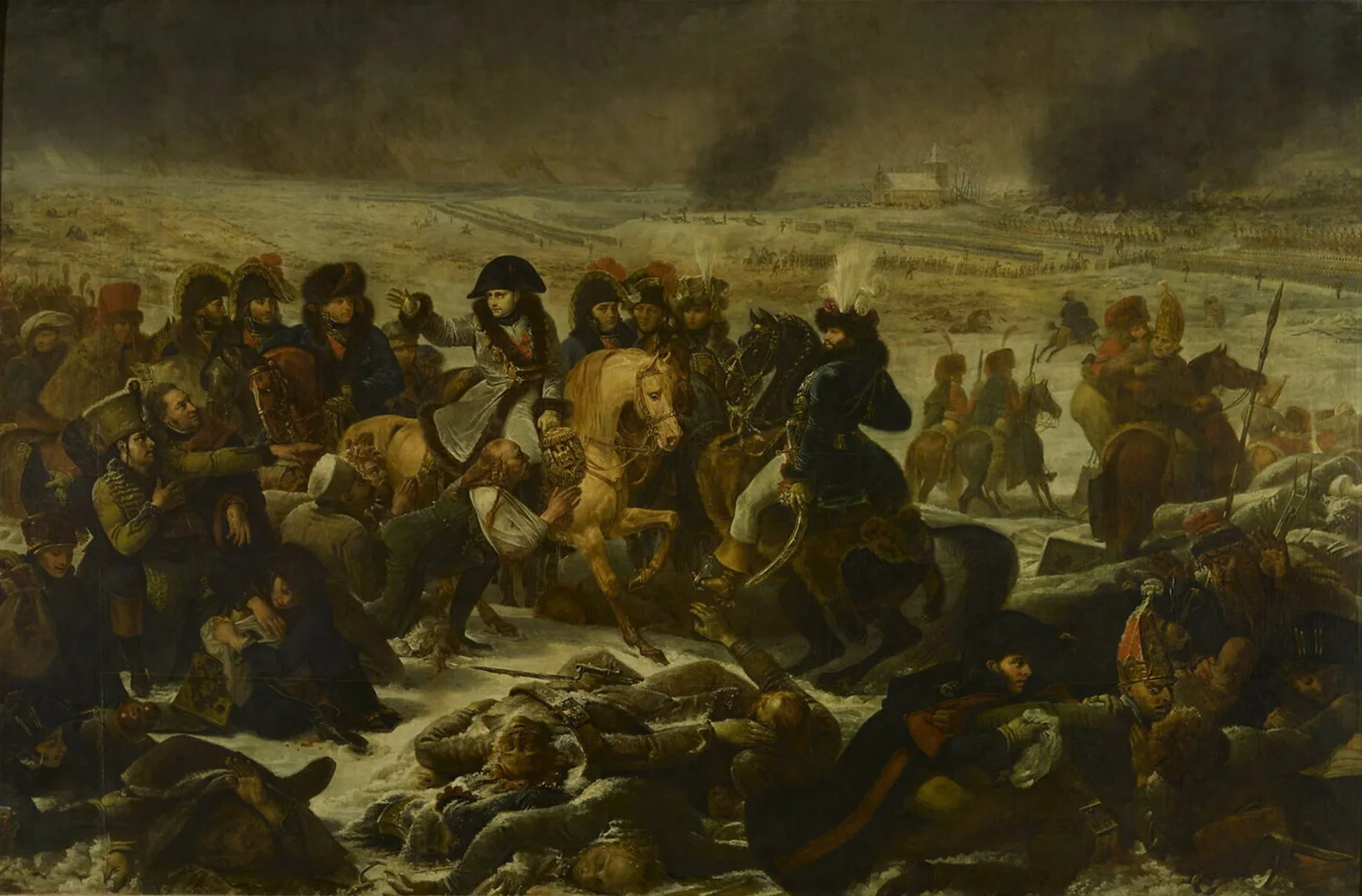
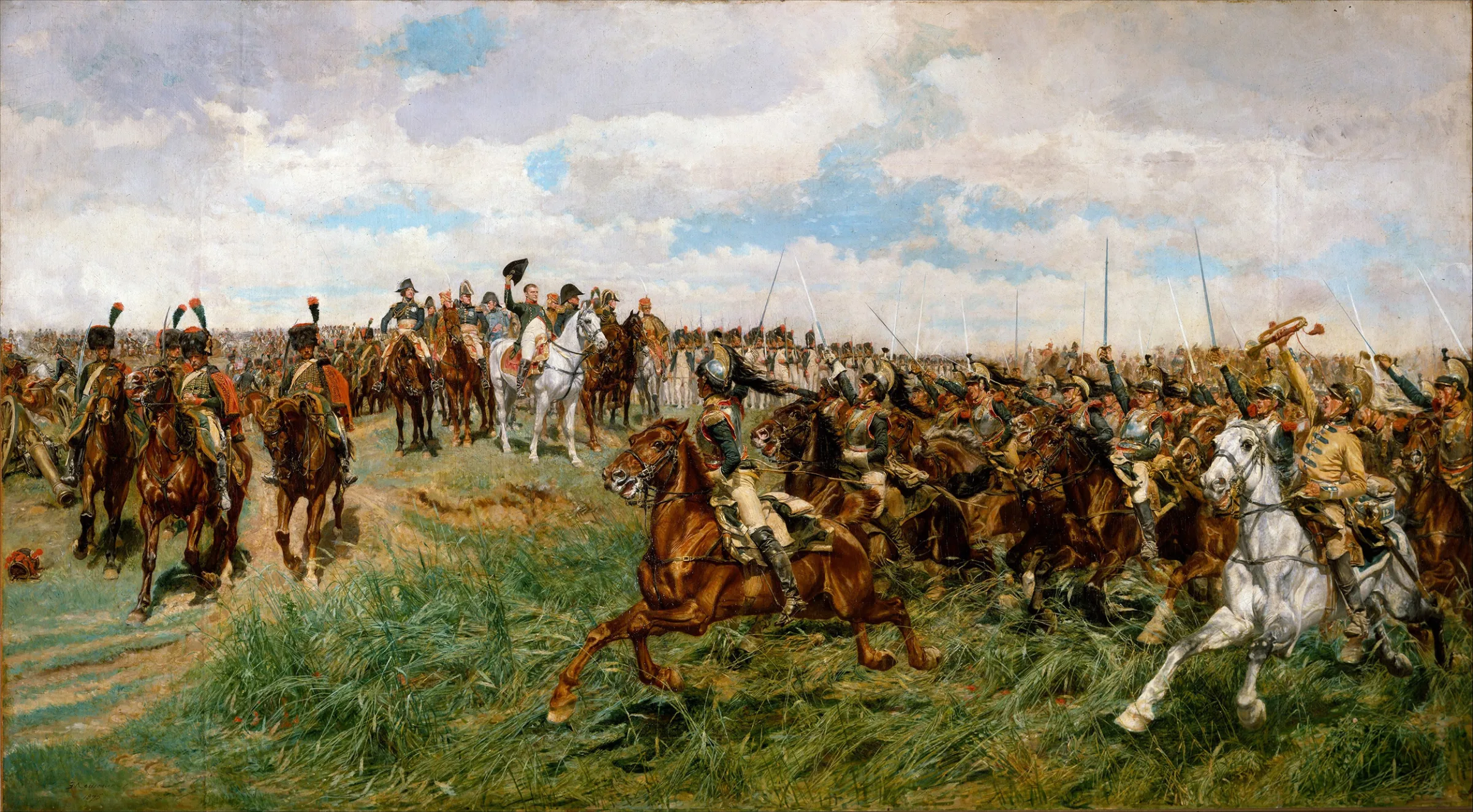
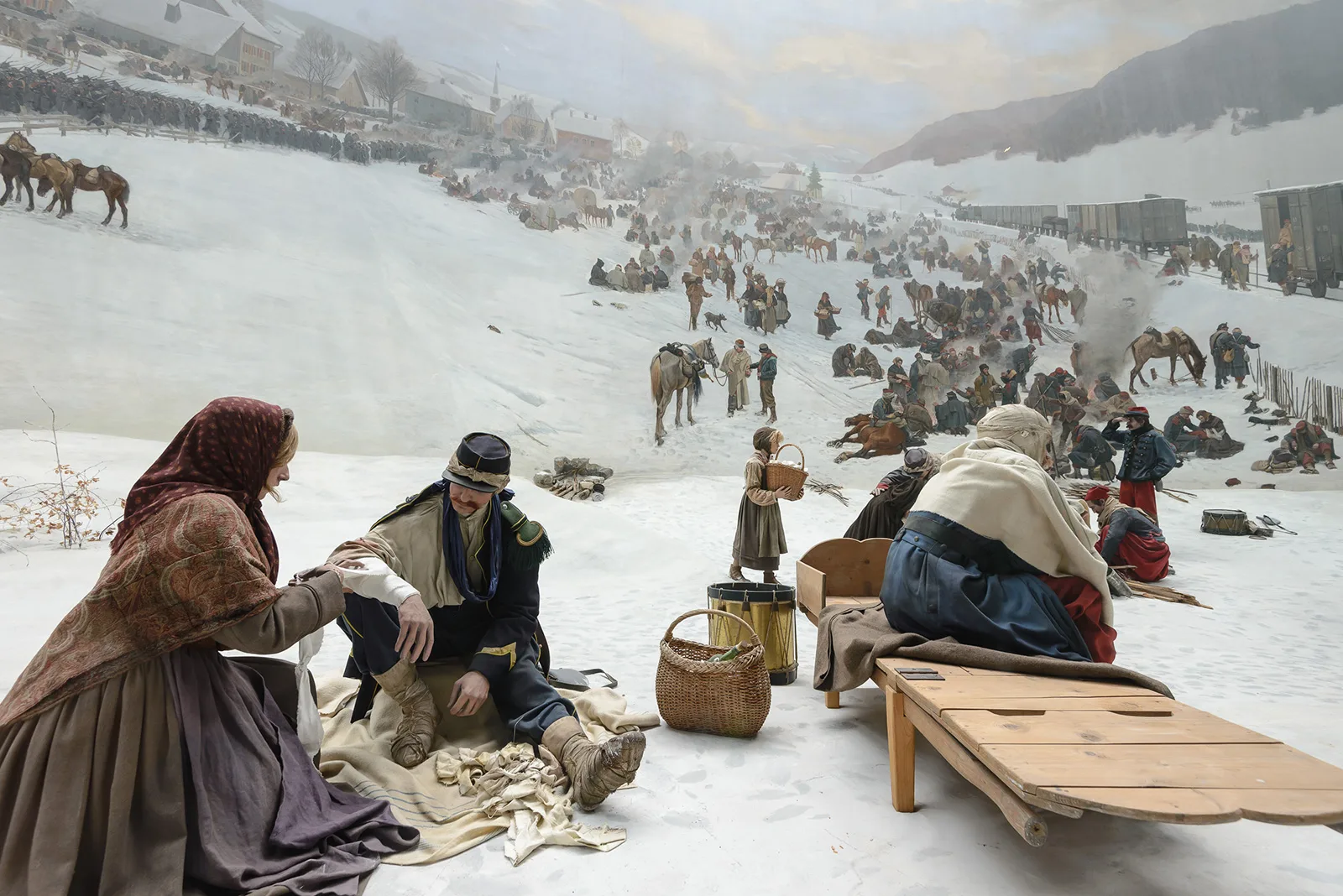

Paintings of battles often tell us more about the political backdrop than about military successes or acts of war. What they actually reveal are changing understandings of history.






